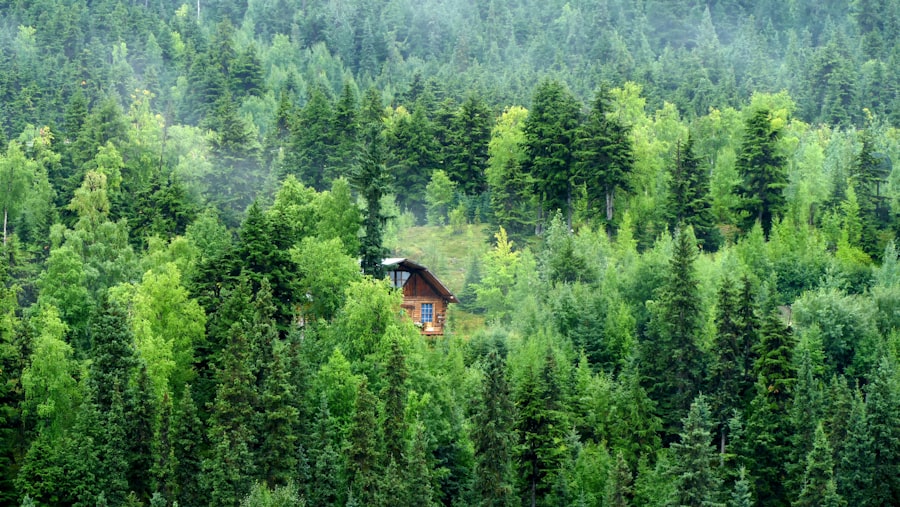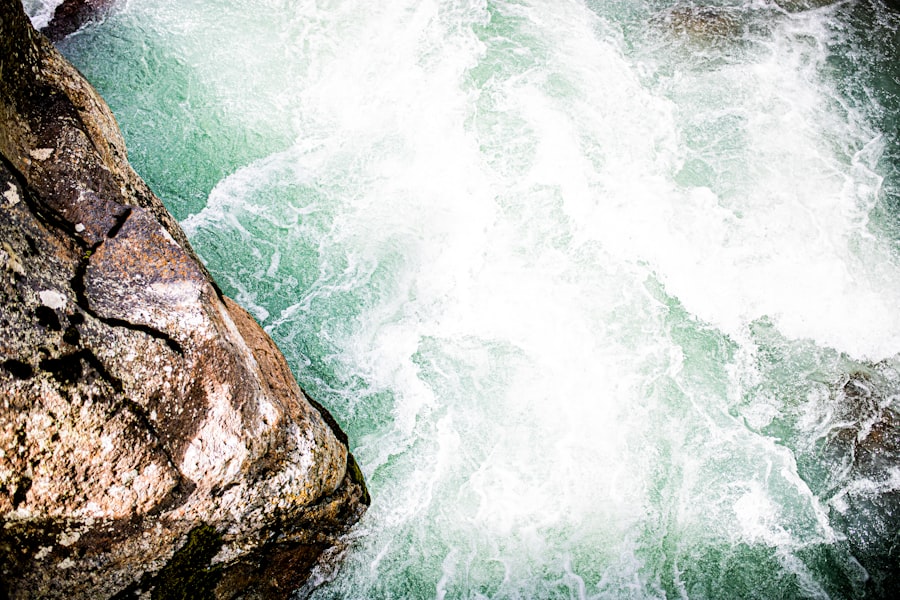The Heisei era, spanning from 1984 to 1995, marked a significant turning point in the world of kaiju films. You may recall that this period followed the Showa era, which had established the genre with its iconic monsters and campy storytelling. The Heisei era sought to revitalize the kaiju franchise by introducing a more cohesive narrative structure and a modernized approach to filmmaking.
This evolution was not merely cosmetic; it represented a deeper understanding of storytelling and character development, allowing audiences to connect with the monsters on a more emotional level. During this time, Toho Studios reintroduced Godzilla with “The Return of Godzilla” in 1984, effectively rebooting the franchise. This film set the tone for the Heisei series, emphasizing a more serious and darker atmosphere.
You might notice that the monsters were no longer just mindless beasts wreaking havoc; they became complex characters with their own motivations and histories. This shift allowed filmmakers to explore themes of destruction and survival in a world increasingly aware of its own vulnerabilities. The Heisei era not only expanded the kaiju universe but also laid the groundwork for future generations of filmmakers to explore these themes in innovative ways.
Key Takeaways
- The Heisei era saw a significant evolution in Kaiju films, with a shift towards darker and more complex narratives.
- Heisei Kaiju films explored psychological and societal themes, delving into the human experience and societal issues.
- Technology and special effects played a significant role in shaping the visual impact of Heisei Kaiju films.
- Human characters took on a more central role in Heisei Kaiju narratives, adding depth and emotional resonance to the stories.
- Environmental and political commentary became prominent in Heisei Kaiju films, reflecting contemporary concerns and issues.
The Shift towards Darker and More Complex Kaiju Narratives
As you delve deeper into the Heisei era, you’ll find that the narratives became increasingly darker and more intricate. Gone were the days of simple monster battles; instead, filmmakers began to weave stories that reflected societal anxieties and existential dilemmas. You may find it fascinating how films like “Godzilla vs.
Biollante” and “Godzilla vs. Destoroyah” tackled themes of genetic engineering, environmental degradation, and the consequences of humanity’s hubris. These narratives resonated with audiences who were grappling with real-world issues, making the kaiju genre not just entertainment but a mirror reflecting societal fears.
This shift towards complexity also allowed for a richer exploration of character motivations. In “Godzilla vs. King Ghidorah,” for instance, you see a narrative that intertwines time travel with the origins of Godzilla, creating a multifaceted story that challenges viewers to think critically about the implications of altering history.
The Heisei films encouraged you to engage with the material on a deeper level, prompting questions about morality, responsibility, and the impact of human actions on nature. This evolution in storytelling not only elevated the genre but also set a precedent for future kaiju films to follow suit.
Exploring the Psychological and Societal Themes in Heisei Kaiju Films

In examining the psychological and societal themes present in Heisei kaiju films, you can appreciate how these narratives delve into the human psyche and collective consciousness. The monsters often serve as metaphors for our deepest fears and anxieties. For instance, Godzilla embodies humanity’s fear of nuclear annihilation, a theme that resonates strongly in post-war Japan.
As you watch these films, you may find yourself reflecting on how these monstrous figures represent not just physical threats but also psychological burdens that society grapples with. Moreover, the Heisei era films often explore themes of isolation and alienation. Characters frequently find themselves at odds with their surroundings, mirroring the struggles faced by individuals in an increasingly complex world.
In “Godzilla vs. Mothra,” for example, the conflict between nature and technology is palpable, highlighting humanity’s struggle to coexist with the environment. This theme resonates with viewers who may feel similarly disconnected from nature in an age dominated by urbanization and technological advancement.
By weaving these psychological and societal themes into their narratives, Heisei kaiju films invite you to engage in a dialogue about your own experiences and fears.
The Impact of Technology and Special Effects on Heisei Kaiju Films
| Movie Title | Year Released | Special Effects Studio | Technological Advancements |
|---|---|---|---|
| Godzilla vs. Biollante | 1989 | Toho Studios | Use of animatronics and advanced suitmation techniques |
| Godzilla vs. King Ghidorah | 1991 | Toho Studios | Introduction of computer-generated imagery (CGI) for certain scenes |
| Godzilla vs. Destoroyah | 1995 | Toho Studios | Enhanced practical effects combined with CGI for more realistic monster battles |
The Heisei era also witnessed a remarkable advancement in technology and special effects, which played a crucial role in shaping the visual landscape of kaiju films. As you watch these movies, you can appreciate how advancements in practical effects and animatronics brought monsters to life in ways that were previously unimaginable. The use of suitmation—where actors donned elaborate costumes—was refined during this period, allowing for more dynamic performances that conveyed emotion and personality.
Additionally, computer-generated imagery (CGI) began to make its mark on the genre during the Heisei era. While traditional effects remained prominent, CGI offered filmmakers new tools to create breathtaking visuals that enhanced the spectacle of monster battles. You might find it intriguing how films like “Godzilla vs.
Mechagodzilla II” utilized CGI to depict epic confrontations between titans, elevating the stakes and immersing audiences in a world where these colossal beings could clash with unprecedented intensity. This blend of practical effects and CGI not only transformed how kaiju stories were told but also set a new standard for visual storytelling in cinema.
The Role of Human Characters in Heisei Kaiju Narratives
In the Heisei era, human characters took on a more significant role within kaiju narratives than ever before. You may notice that these characters are not merely there to react to monster attacks; they often drive the story forward and provide essential emotional anchors for the audience. This shift allowed filmmakers to explore complex relationships between humans and monsters, blurring the lines between hero and villain.
For instance, in “Godzilla vs. Biollante,” you encounter Dr. Genshiro Shiragami, whose personal motivations intertwine with the fate of both humanity and Godzilla.
His character embodies the ethical dilemmas surrounding scientific advancement and its consequences on nature. As you engage with these human stories, you may find yourself empathizing with their struggles and decisions, which adds depth to the overall narrative. The Heisei films remind you that while kaiju may be larger than life, it is often the human experience that resonates most profoundly.
Environmental and Political Commentary in Heisei Kaiju Films

Cautionary Tales of Humanity’s Relationship with Nature
As you delve into these films, you may notice how they serve as warnings about the consequences of humanity’s actions on the planet. In “Godzilla vs. Mothra,” for instance, the film critiques corporate greed and environmental exploitation, urging viewers to consider the impact of their actions on the environment.
A Reflection of Japan’s Socio-Political Climate
These films often mirror Japan’s socio-political climate during the late 20th century. The fear of nuclear disaster looms large in many narratives, echoing Japan’s historical experiences with atomic bombings during World War II.
A Commentary on Contemporary Concerns
Through their storylines, the Heisei era kaiju films provide a commentary on the contemporary concerns of their time, including ecological degradation and geopolitical tensions. By exploring these themes, the films offer a unique perspective on the issues that shaped Japan’s society during the late 20th century.
Comparing Heisei Kaiju Films to Previous Eras
When comparing Heisei kaiju films to those from previous eras, you’ll discover distinct differences in tone, storytelling, and thematic depth. The Showa era was characterized by its campy charm and lighthearted approach to monster battles, often appealing to younger audiences with its colorful characters and whimsical plots. In contrast, the Heisei era embraced a more serious tone that resonated with adult viewers seeking substance alongside spectacle.
You may find it interesting how this shift reflects broader changes in society during the 1980s and 1990s. As Japan grappled with economic challenges and environmental concerns, filmmakers responded by crafting narratives that mirrored these anxieties. The Heisei films often delve into complex moral dilemmas and societal critiques that were largely absent from earlier entries in the franchise.
This evolution not only elevated the genre but also expanded its appeal to a wider audience who craved more than just monster mayhem.
The Enduring Legacy of Heisei Kaiju Films
The legacy of Heisei kaiju films continues to resonate today, influencing both filmmakers and audiences alike. As you reflect on this era’s impact on cinema, you’ll recognize how it paved the way for modern interpretations of kaiju narratives. The emphasis on character development, thematic depth, and social commentary has become a hallmark of contemporary monster films, inspiring new generations of creators to explore similar ideas.
Moreover, the Heisei era’s blend of practical effects and CGI has set a standard for visual storytelling that remains relevant in today’s film industry. You might find it fascinating how filmmakers continue to draw inspiration from this period when crafting their own kaiju stories, whether through homage or direct influence. The enduring popularity of Godzilla and other kaiju characters speaks to their cultural significance and timeless appeal.
In conclusion, as you explore the evolution of kaiju films during the Heisei era, you’ll uncover a rich tapestry of storytelling that transcends mere entertainment. These films invite you to engage with complex themes while immersing you in thrilling spectacles that captivate your imagination. The legacy of this era endures as a testament to the power of cinema to reflect societal concerns while providing an escape into fantastical worlds filled with larger-than-life monsters.
